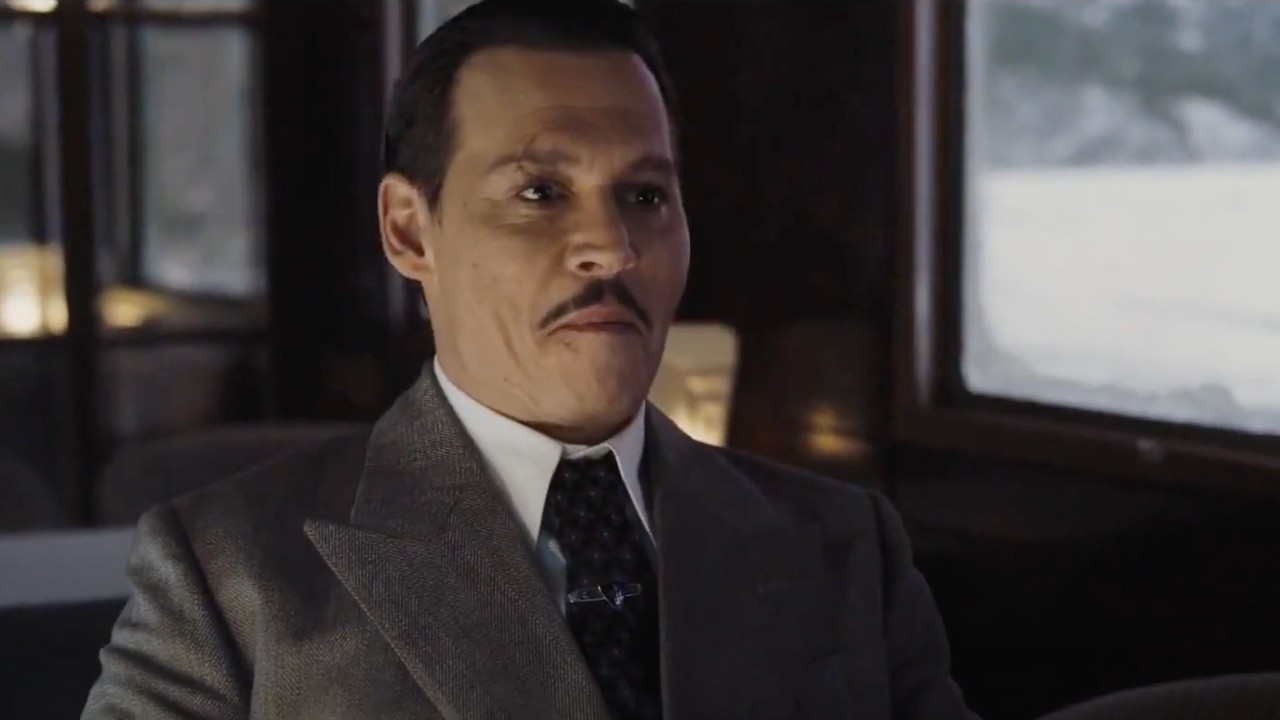The White Queen Is Occasionally Wonderful, Often Unfocused

When the White Queen made its U.K. premiere, reviews were aggressive, with complaints about zippers and stairwells running rife throughout the period drama’s European run. These concerns seemed to be less of a problem when U.S. audiences first engaged with the program via Starz, but even if the lack of stays and corsets doesn’t bother you, the inconsistency of The White Queen might.
The political maneuverings of Edward IV (Max Irons) and Elizabeth Woodville (Rebecca Ferguson) are at the heart of the narrative, which starts with an unlikely romance between the couple and spans through years of rule and strife. The first episode is fascinating, filled with this young romance and a headstrong king taking on a political opponent named Warwick and nicknamed "The Kingmaker" (James Frain) in order to marry the bride of his choice. If this were the only window of history The White Queen chose to show, we could get countless hours of social intrigue and behind-the-curtain manipulations.
Instead, the drama is anything but focused. Instead, the show hops from year to year and moment to moment, giving us only the most sinister and important interactions between Edward IV’s allies and the various rebellions that have been put together to upset the throne. Over the tenure of the first three episodes, it’s often been difficult to tell how much time has passed between scenes and determine exactly where we are in the history of England. It might seem as if picking out the most important moments in a monarchy’s history might be exciting, but it also makes the massive undertaking really difficult to follow and invest in.
The title of the series, too, is a little confusing. If this is a drama about a female monarch watching over the politics of the day, The White Queen doesn’t show it. Between the first and third episodes, Elizabeth has transformed from a woman with bite into a female that’s basically a byproduct of circumstances. She may disagree with some of the decisions Edward IV is making, but she isn’t an advisor to her husband. By episode three, she’s actually become rather petty, plotting witchcraft with her mother to bestow misfortune upon her female enemies. I don’t mind that Elizabeth is sometimes fragile, but if a network is going to name a series after a lady, I’d expect her to have more to do.
The White Queen’s scope does cause some problems with the narrative, but the whole endeavor hasn’t been a complete loss. Moments in the script and some scene sequences are extremely compelling. In episode 3, Edward IV is headed off to battle and the ladies in the series—Elizabeth, Margaret Beaufort (Amanda Hale) and Lady Isabel Neville (Eleanor Tomlinson) and her mother—are all praying for different outcomes in the battle. The scene is tightly woven, giving audiences the opportunity to see the various stakes at hand, and it's also prettily edited. If every moment of the series were as watchable as that one, The White Queen would have been among the summer’s best offerings.
As it stands, those who care about such historical inaccuracies in plot, setting, and costume may want to avoid Starz for the subscription cable run of The White Queen, but those who are intrigued by period dramas in general may want to go ahead and give the series a shot. By the end of three episodes, the audience will have a much clearer picture of the history of England prior to the Princes in the Tower and Henry VIII, with some witchcraft and religious piety thrown in.
New episodes of Starz's The White Queen air Saturdays at 9 p.m. ET.
Your Daily Blend of Entertainment News

Jessica Rawden is Managing Editor at CinemaBlend. She’s been kicking out news stories since 2007 and joined the full-time staff in 2014. She oversees news content, hiring and training for the site, and her areas of expertise include theme parks, rom-coms, Hallmark (particularly Christmas movie season), reality TV, celebrity interviews and primetime. She loves a good animated movie. Jessica has a Masters in Library Science degree from Indiana University, and used to be found behind a reference desk most definitely not shushing people. She now uses those skills in researching and tracking down information in very different ways.
